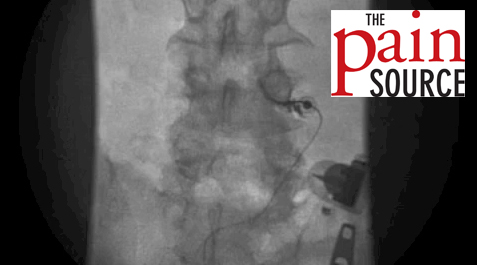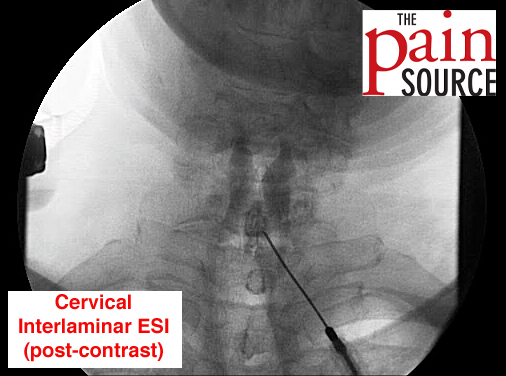By Chris Faubel, MD —
Spine. 1984 Sep;9(6):549-51.
A study of computer-assisted tomography. I. The incidence of positive CAT scans in an asymptomatic group of patients.
Wiesel SW, Tsourmas N, Feffer HL, Citrin CM, Patronas N.
http://www.ncbi.nlm.nih.gov/pubmed/6495024
Photo courtesy SpineUniverse.com
ABSTRACT
In order to study the type and number of CAT scan abnormalities of the lumbar spine that occur in asymptomatic people, 52 studies from a control population with no history of back trouble were mixed randomly with six scans from patients with surgically proven spinal disease, and all were interpreted by three neuroradiologists in a blinded fashion. Irrespective of age, 35.4% (26.6%, 51.0%, and 31.3%) were found to be abnormal. Spinal disease was identified in an average of 19.5% (23.8%, 22.7%, and 12.5%) of the under 40-year-olds, and it was a herniated nucleus pulposus in every instance. In the over 40-year-old age group, there was an average of 50% (29.2%, 81.5%, and 48.1%) abnormal findings, with diagnoses of herniated disc, facet degeneration, and stenosis occurring most frequently.
—————————————-
SUMMARY / MY THOUGHTS
I have already posted a collection of articles proving the high prevalence of lumbar pathology via MRI of asymptomatic patients, but what about CAT scans (computed tomography; CT scans)?
Wiesel et al. (1984) from Georgetown University Medical Center examined the prevalence of lumbar pathology in fifty-two (52) individuals with no history of low back pain. Three “blinded” neuroradiologists evaluated the films, in addition to six films from patients with proven spinal disease.
What they found was the following:
- 35.4% were abnormal (of any type) amongst all ages
- Under 40-years-old
- 19.5% spinal disease (herniated nucleus pulposus)
- Over 40-years-old
- 50% spinal disease (herniated discs, facet degeneration, and stenosis)
Do these numbers make sense? I believe so.
- In general, they found a lower prevalence of pathology with CAT scans, than with the studies of MRI. This can be explained by the increased detail in MR.

















So if such a high percentage of patients can have assymptomatic HNP, facet degentation and stenosis how can we know if that is a cause of pain for someone with LBP?
Great question Az. This is where our diagnostic skills from residency (and fellowship) come in. Some physicians rely very heavily on imaging findings, and this study (along with the ones showing the high prevalence on MRI) supports why this isn’t a great idea.